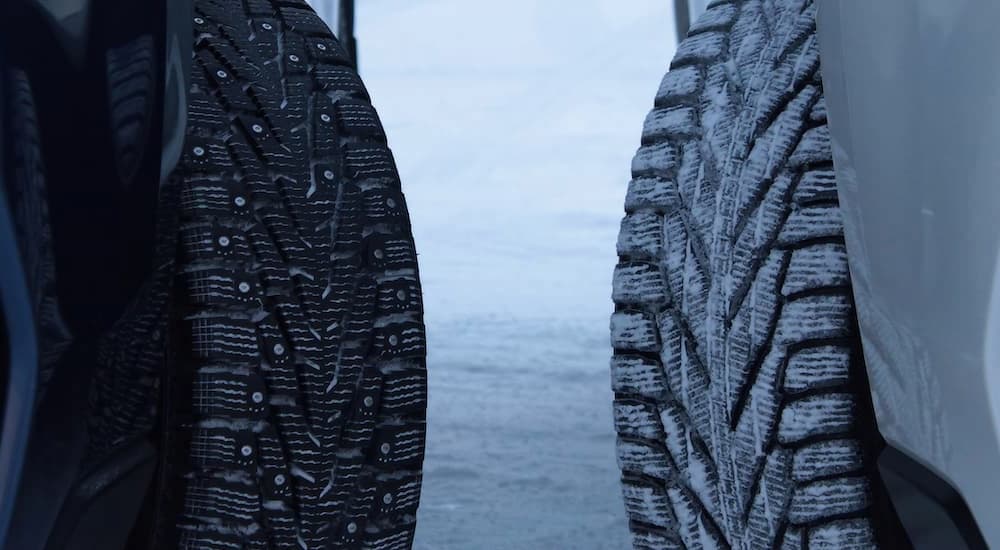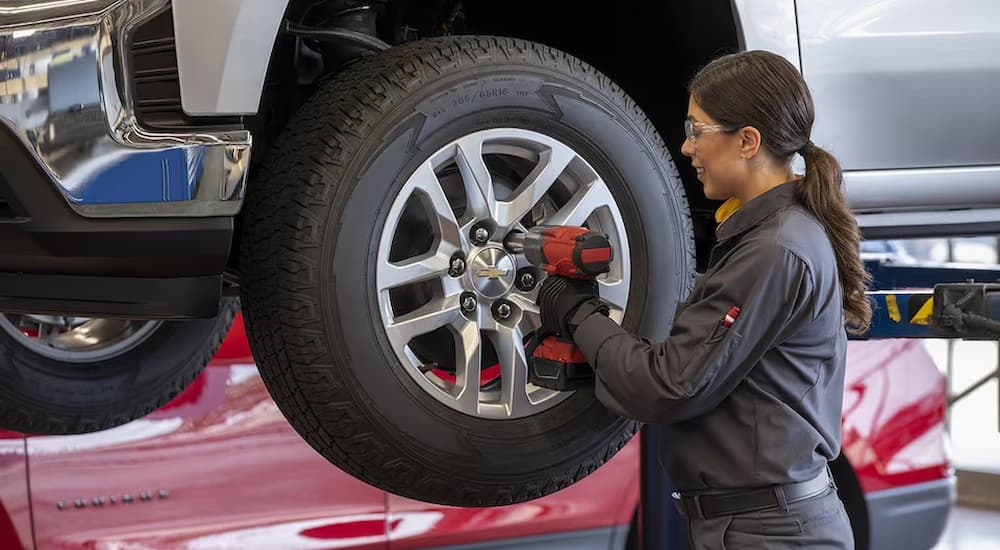Sometimes it feels like I’m always thinking about tires; in the fall, I’m planning on making the swap to winter tires; through the winter, I worry about if my winter tires are still in good shape; when spring comes around, I’m getting ready to swap back to summer tires; in the summer I check to make sure they still have plenty of tread; and then fall rolls around, and the cycle continues. If you live somewhere with mild summers and winters, then you might not have to worry about this; but if you’re looking for a summer tire dealer in your area, then you’re probably a lot like me.
Of course, there’s another option: you might have a set of all-season tires on your vehicle and drive along blissfully unaware that some of us are out here in a constant struggle with our tires. The reality is that a lot of people who stick with all-season tires probably shouldn’t and should be using summer and winter tires, swapping between them as appropriate. All of this comes down to where you live and the kind of weather conditions you deal with on a regular basis, so I can’t tell you what tires you should use. What I can do, however, is dig into these types of tires and explore when each is best so that you can decide on which you should be using.
Why Are There So Many Types of Tires?
Before digging into the three types of tires, I think this is an important question to answer first because it’s an entirely valid source of frustration for many people. It all comes down to a few simple things: your tires are the only part of your vehicle that comes in contact with the road, there are many different types of roads, and there are many different types of road conditions people encounter. Essentially, tire manufacturers create tires to handle every type of road and weather imaginable; if you need something for thick ice that’s treacherous, then you’ll find tires for it, and if you need something for driving through mud and splashing through streams, then you’ll find tires for that too.
So while you have some fairly niche options, there are also several basic types of tires meant to meet the needs of the widest range of drivers possible. That’s what we’re looking at today: most people can choose one or two of these types of tires and be set for the vast majority of their needs. If you have an SUV that you use for running errands, then you don’t need to worry about high-performance tires designed to accelerate at breakneck speeds without disintegrating, but they’re out there for someone who wants to hit the track in their Corvette on the weekend.

Winter Tires – Pros & Cons
Winter tires work pretty much as advertised: they’re designed for winter weather to help keep drivers in control. They’re specifically intended for use in places that have an average daily temperature that drops below 45 degrees for long stretches of time. In cold weather like this, rubber can become hard and brittle; tires work best when they’re soft enough to stretch and conform to the road to give you superior contact. Winter tires are made using rubber that’s engineered to remain pliable when the weather gets cold, and they have large grooves in them that are perfect for scooping up snow and slush. Some also include studs that can help break up thick snow and ice to further improve their contact with the road.
The major downside to winter tires is that they’re engineered for cold weather, so when things heat up, they don’t work quite as well. That same rubber compound that’s great for staying soft in the cold also makes them too soft for warm, dry roads, and they’ll wear down much faster than other tires. They’re also made with higher rolling resistance than some other tires to help them stay in place in the winter, which can reduce fuel efficiency and increase noise on dry roads.
Summer Tires – Pros & Cons
As the name suggests, summer tires are designed to be their best during summer months, when things heat up and the roads tend to be dry or lightly wet, depending on the weather. The rubber used to make these tires stays soft and pliable in the heat without getting too soft, so it maintains excellent road contact for great traction without wearing down too quickly. Tread and groove patterns in summer tires are designed for dry and wet roads from rain, letting them perform well in all kinds of summer weather, and they help you avoid hydroplaning. These tires are also made with low rolling resistance, so they offer great fuel economy and they tend to reduce road noise.
The biggest downside for summer tires is that they’re designed for the summer, so they don’t work well in cold conditions. Once the temperature drops below 45 degrees, the rubber in these tires becomes stiff, and you’re going to lose a lot of precision and control with them. They’re also pretty terrible at dealing with snow and slush—wet roads are fine, but anything other than water presents a real danger for these tires.

All-Season Tires – Pros & Cons
All-season tires are essentially designed to split the difference between winter and summer tires and to deliver an option for all kinds of weather and temperatures. They sort of do this; they work well in moderate heat and cold, and they work well on dry and wet roads. This is your basic “jack of all trades, master of none” scenario where you don’t necessarily want that. Like I said from the start: it all depends on the conditions you generally deal with.
The major weakness of all-season tires is that they don’t work remarkably well in either type of seasonal condition. They’re fine, but that’s kind of it—just “fine.” They work very well for areas that have mild summers and winters, or hot summers and mild winters, where there isn’t a need for using winter tires. In the right location, all-season tires can work year-round without the need to swap between different sets, but they’re never going to deliver an optimal driving experience.
Which Tires Should You Be Using?
If you live somewhere that doesn’t drop below 45 degrees in the winter (or it only drops that low a few days here and there—not steadily), then you could use all-season tires if you don’t want to worry about changing them or you want to save money. Honestly, in that scenario, summer tires are going to give you a better driving experience, and they’ll work well for you year-round since it doesn’t get too cold. Summer tires can cost more than all-seasons, so that’s something to consider, but you will get a better ride from them.
On the other hand, if you already need to use winter tires for a big chunk of the year due to cold weather, it’s worthwhile to use summer tires for the other part of the year. You’ll get the best experience using summer tires when things warm up, plus they’ll give you great traction when storms roll in. While they can be pricier than all-season tires, you should get several years from them since you’re only using them for part of the year, so it’s worth spending a little more. Swapping between winter tires from about mid-November through mid-April, then using summer tires from mid-April to mid-November, is going to give you the best control and traction all year; plus, your tires will last longer for it.

